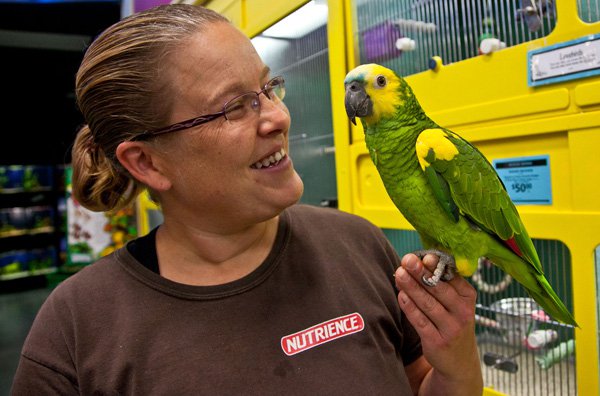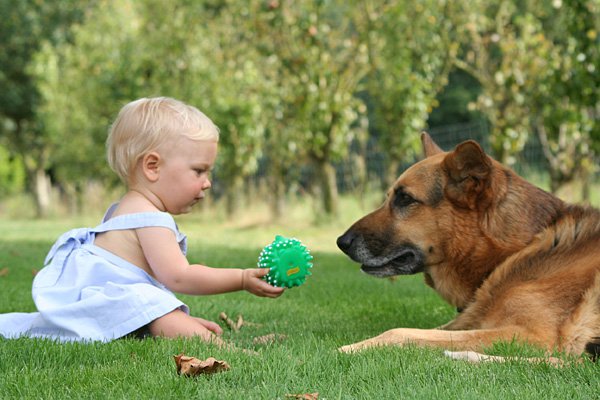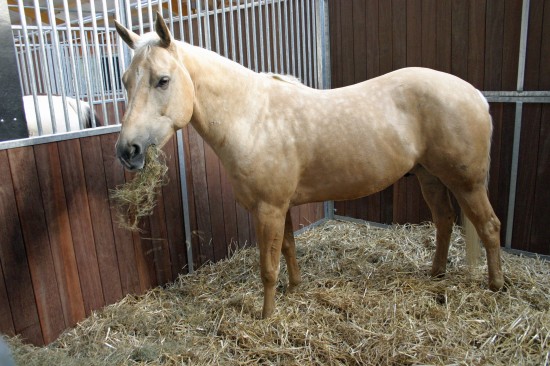
Newborn Teeth
Puppies are initially born without teeth. They do not receive their first puppy teeth until they reach the age of between six and eight weeks old. They grow a total of 28 teeth, which are known as baby teeth or deciduous teeth. The first teeth that fall out are the incisor teeth, followed by the premolars and the canines. Puppies do not have molar teeth, only premolars. Their upper and lower canine teeth are at the back of their mouths and are larger. Their upper and lower incisor teeth are located in the middle.
Teething
For puppies, the teething process continues for several months, off and on. For a puppy, this can be an uncomfortable and painful period. When puppies are teething, they increase their biting and chewing and test out different objects and texture to relieve the discomfort.
Relieving teething pain
• Ice Cubes: Puppy teething pain can be numbed by something cold, so the easiest way to soothe a teething puppy is to gently rub an ice cube on the puppy's gums. You can also give a fruit-flavoured Popsicle to your puppy occasionally.
• Aloe Vera: The juice of aloe Vera is available in a drinkable form (available at health food stores and some major supermarkets), and it is a great way to help sore gums recover more quickly. You can pour some in a bowl for your puppy to lap up, or you can freeze it to a slushy consistency and rub it directly on his gums. If your puppy does not like the taste of aloe Vera juice, use a needle-less syringe and squirt it directly into his mouth.
• Chamomile Tea: Chamomile tea is a natural way to help teething puppies be less fretful and anxious. Make an herbal tea of chamomile by adding a tablespoon of the dried herb to a cup of hot water. Let it cool to room temperature and use an oral syringe to squirt some of the tea into your puppy's mouth.
• Cold Chew Toys: One easy way to make a cold chew toy is to soak a rope toy in water and freeze it. When your puppy chews on it, the cold frozen rope can numb the puppy teething pain and soothe the swollen gums.
• Mark & Chappell Teething Gel – Puppies: Teething gel for puppies helps to reduce the discomfort of teething in puppies from 4 weeks and up. It contains Chamomile and menthol extracts to help soothe and provide relief to sore gums on contact.
does not contain any added sugar, colours or flavourings. Find it @ www.petshop.co.uk
Losing Teeth
Between the ages of three months and seven months, a puppy begins to lose its deciduous teeth. Each deciduous tooth root will generally be absorbed by the adult tooth, though there are instances where this does not properly occur. At three months, the incisors begin to fall out to make room for the new adult teeth. At the age of four months, the adult molars and adult canines are beginning to come in. Between the ages of six and seven months, the adult molars will come in. Finally, by seven to eight months, the full set of adult teeth should have come in.
Considerations
By the time a puppy is eight months old, it should have a full set of a total of 42 teeth, but some breeds have more or fewer. The larger the dog, generally speaking, the faster the teeth will appear. Doberman pinchers are an example of dogs that have fewer teeth. Spaniels and greyhounds tend to have more teeth. At the age of between three months and four months, a puppy should be checked out by a veterinarian to make sure that there are no bite problems. If bad bite is occurring as a result of puppy teeth, pulling the baby teeth prematurely may be necessary.
 The Science Behind Why Cats Land on their Feet
The Science Behind Why Cats Land on their Feet
The Science Behind Why Cats Land on their Feet
The Science Behind Why Cats Land on their Feet
 Waxbills In The Uk
Waxbills In The U
Waxbills In The Uk
Waxbills In The U
 How Should Pets Be Handled To Enhance Health?
How Should Pets Be Handled To Enhance Health?
How Should Pets Be Handled To Enhance Health?
How Should Pets Be Handled To Enhance Health?
 Do You Know Why Your Dog Does Certain Weird Things?
Do You Know Why Y
Do You Know Why Your Dog Does Certain Weird Things?
Do You Know Why Y
 What Is Equine Herpes?
What Is Equine He
What Is Equine Herpes?
What Is Equine He
Copyright © 2005-2016 Pet Information All Rights Reserved
Contact us: www162date@outlook.com